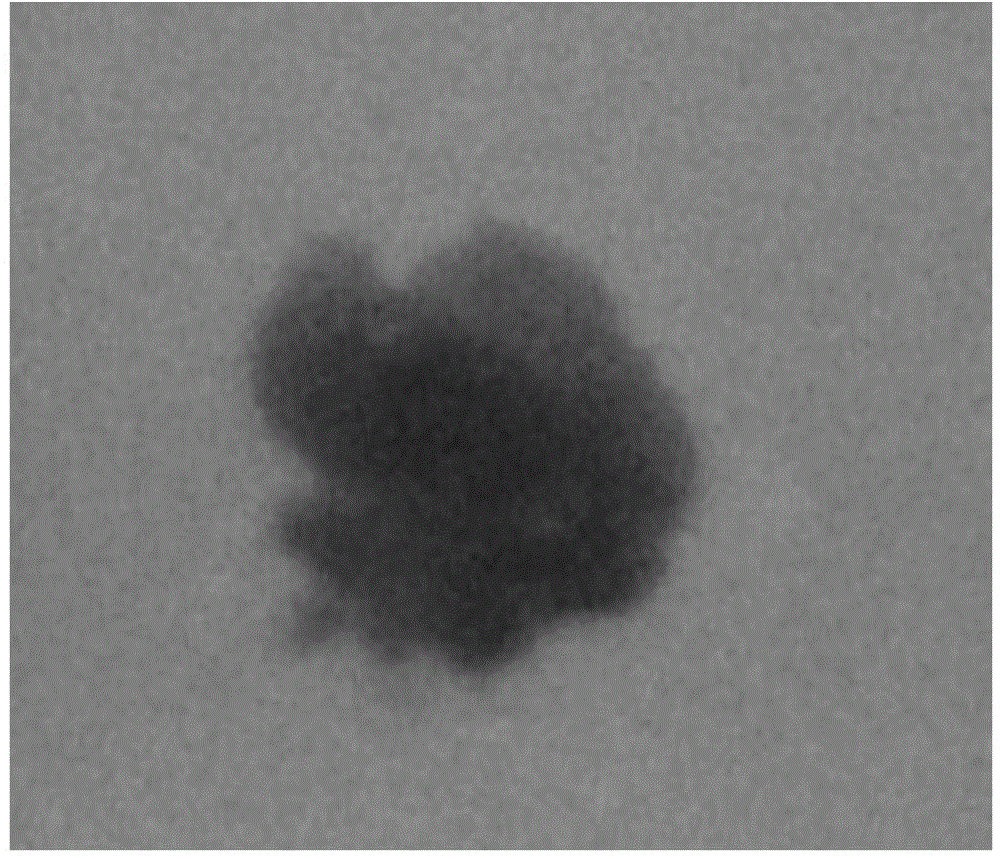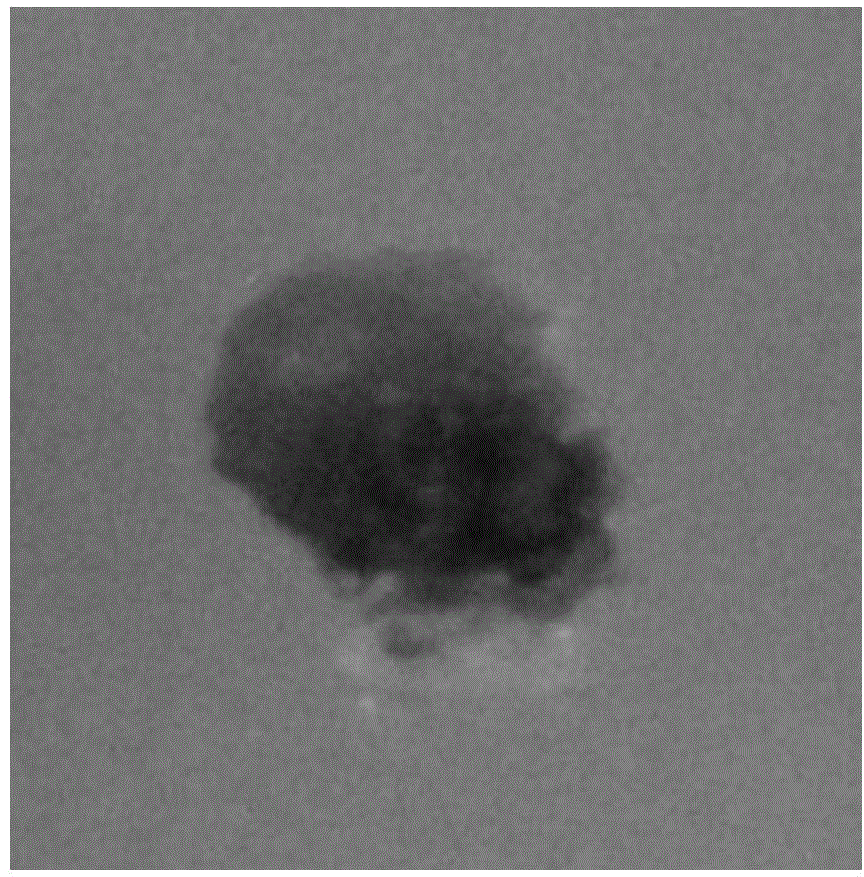Method for quickly inducing, sub-culturing and regenerating spirodela calli
A technology of callus induction and callus, applied in botany equipment and methods, plant regeneration, horticultural methods, etc., can solve problems such as inapplicable Ziping regeneration system
- Summary
- Abstract
- Description
- Claims
- Application Information
AI Technical Summary
Problems solved by technology
Method used
Image
Examples
Embodiment 1
[0024] Embodiment 1: the method for Ziping callus induction, subculture and regeneration provided by the present invention
[0025] 1). Take the Vigorously growing Zipingia plant, and cross-cut its leaf base, place the treated explants in the Zipingia induction medium, under light 16h / darkness 8h, light temperature 26°C / dark temperature 24 ℃, light intensity 70-80μmol / m 2 Under the culture condition of s, the explants began to expand after 10 days, and the callus began to form after two weeks ( figure 1 ), the green part was selected and moved to Ziping subculture medium for subculture, and after 4 weeks, a well-growing callus ( figure 2 ), the callus was subcultured once every two weeks;
[0026] 2). The Ziping callus is moved to the regeneration medium, and the culture conditions are the same as step 1). After 15 days, the Ziping callus regeneration rate reaches 90% ( image 3 ), after 20 days, the regeneration rate was up to 100%, and the regeneration plant was moved in...
Embodiment 2
[0035] Example 2: Comparative experiment of using the method of the present invention and the method of treating duckweed in the patent CN 102487827 B to process purple duckweed
[0036] A). Utilize the inventive method to process purple duckweed:
[0037] 1). Take a vigorously growing plant of Zipingia chinensis, cut its leaf base transversely, and place the treated explants in the culture medium of Zipingiasis callus induction. Under light 16h / darkness 8h, light temperature 26°C / dark temperature 24°C, light intensity 70-80μmol / m 2 s, the explants began to expand after 10-15 days, and the callus began to form after two weeks ( figure 1 ), select the green part and move it on the Ziping subculture medium for subculture, and after 4 weeks, a well-growing callus ( figure 2 ): the callus was subcultured every two weeks;
[0038] 2). The Ziping callus was moved to the regeneration medium, and the culture conditions were the same as in step 1). After 15 days, the Ziping callus ...
PUM
 Login to View More
Login to View More Abstract
Description
Claims
Application Information
 Login to View More
Login to View More - R&D
- Intellectual Property
- Life Sciences
- Materials
- Tech Scout
- Unparalleled Data Quality
- Higher Quality Content
- 60% Fewer Hallucinations
Browse by: Latest US Patents, China's latest patents, Technical Efficacy Thesaurus, Application Domain, Technology Topic, Popular Technical Reports.
© 2025 PatSnap. All rights reserved.Legal|Privacy policy|Modern Slavery Act Transparency Statement|Sitemap|About US| Contact US: help@patsnap.com



